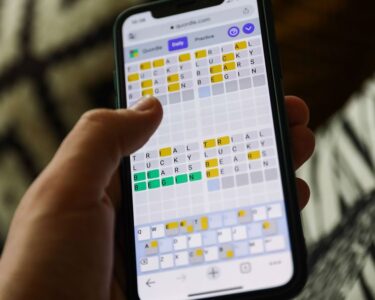Atoosa Samani started learning about pigeon genetics at a young age. She grew up surrounded by pet pigeons in Isfahan, a city in central Iran famed for its pigeon towers. Her favorite was an all-white bird. But 6- or 7-year-old Samani noticed that this particular pigeon never fathered all-white offspring.
She learned that white coloring is a recessive genetic trait — one that shows up only when an individual inherits two broken copies of a gene (SN: 2/7/22). In this case, the pigeon had two broken copies of a gene that normally makes pigment to color feathers, so his feathers were white. But his offspring inherited a normal, pigment-producing version of the gene from their mothers and had colored feathers.
That early lesson in pigeon heredity stuck with Samani and fueled her desire to learn more about genetics. When she moved to the United States to study at the University of Utah in Salt Lake City, it seemed only natural to join Michael Shapiro’s lab to investigate why some pigeons (Columba livia) do backward somersaults (SN: 1/31/13).
These roller pigeons come in two varieties: Flying rollers such as Birmingham rollers, which fly but do long tumbling runs toward the ground before resuming flight, and parlor rollers, which can’t fly but instead backflip along the ground. Many Persian poems say the pigeons perform the acrobatics because the birds are happy, but Samani says the truth is darker. “This is definitely a movement disorder, and it does not have any good aspects to it,” she says. The disorder is progressive, appearing soon after hatching and gradually getting worse until the birds can’t fly.
Samani is homing in on the genes behind the backflips. At least five genes are involved in the behavior, she reported March 7 at the Allied Genetics Conference in National Harbor, Md.

Her colleagues confirmed backflipping is a recessive trait by breeding racing homer pigeons with parlor rollers; none of the hybrid offspring rolled. When hybrid birds were bred together, about 4 out of 10 of the offspring did somersaults when forced to fly, Samani said at the conference.
Samani used two different statistical methods to locate genes that make the pigeons tip tailfeather over teakettle. She found five large stretches of DNA containing hundreds of genes. But none of the genes in those areas had mutations that could account for the tumbling.
So she looked at gene activity in the birds’ brains and found nearly 2,000 genes that become either more or less active in the brains of parlor rollers than in two breeds of nonrolling pigeons.
Combining all lines of evidence, Samani has narrowed her search to about 300 genes that may lead to rolling but can’t yet pin the cause on any particular genes.
Samani will soon finish her Ph.D. and move on, hopefully, to a career in teaching. She’ll miss the pigeons and the mental exercise they gave her, she says. “I have been thinking about this for five years. I have a piece of puzzle here. I have a piece of puzzle there. How can I put them together so that they make sense? … Do they actually fit together? … That’s the thing I will miss the most,” she says. “I love solving mysteries.”





